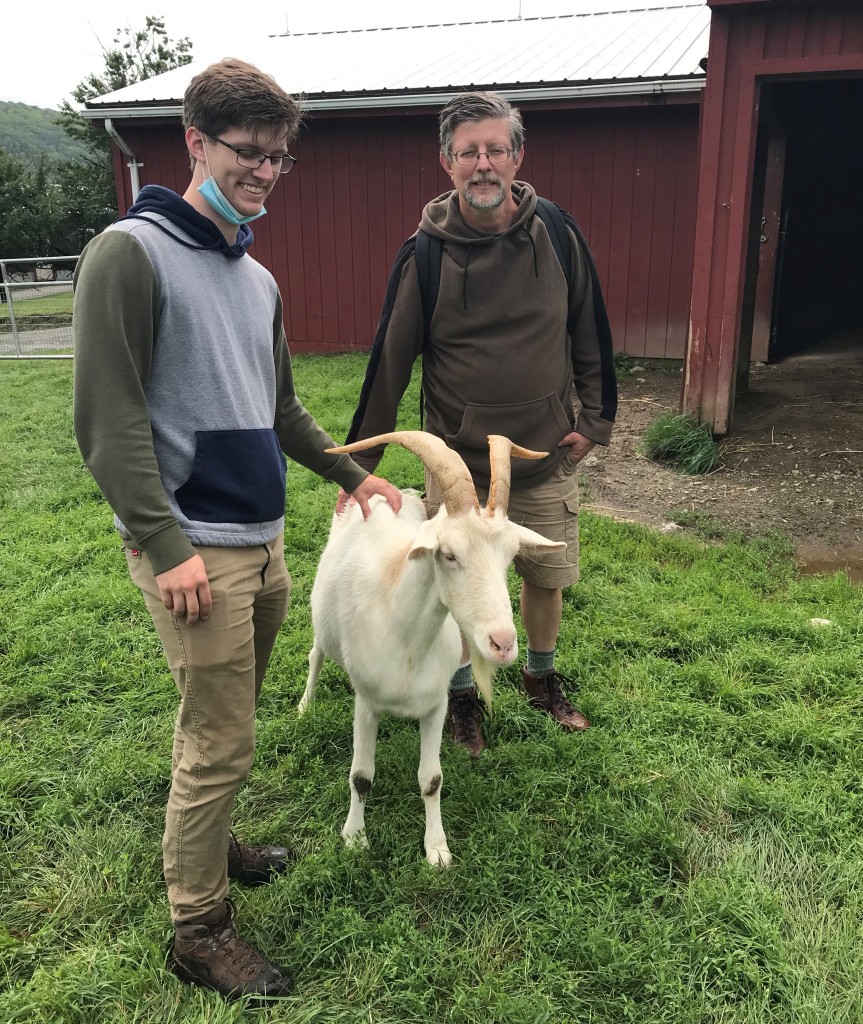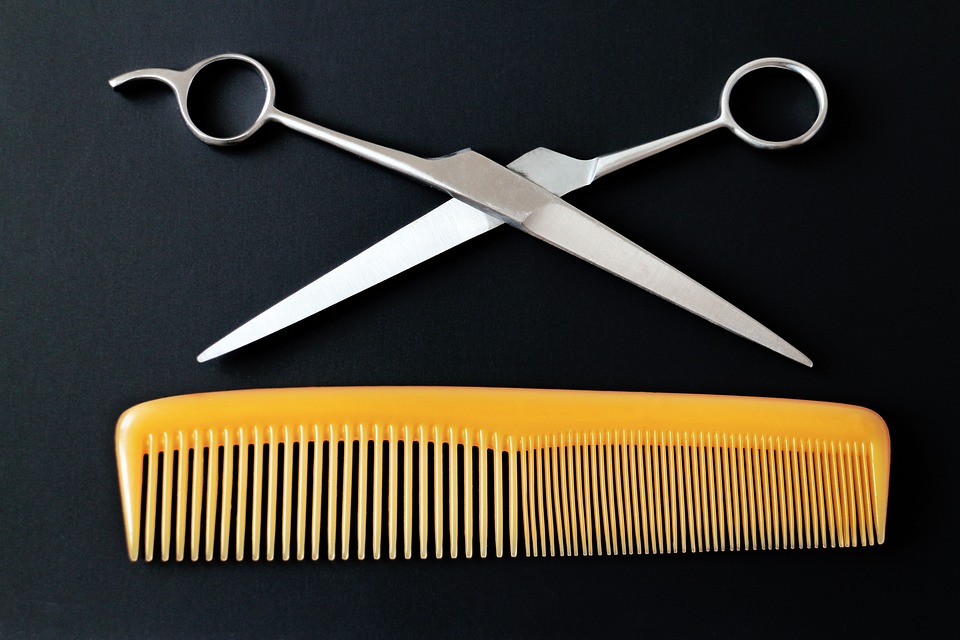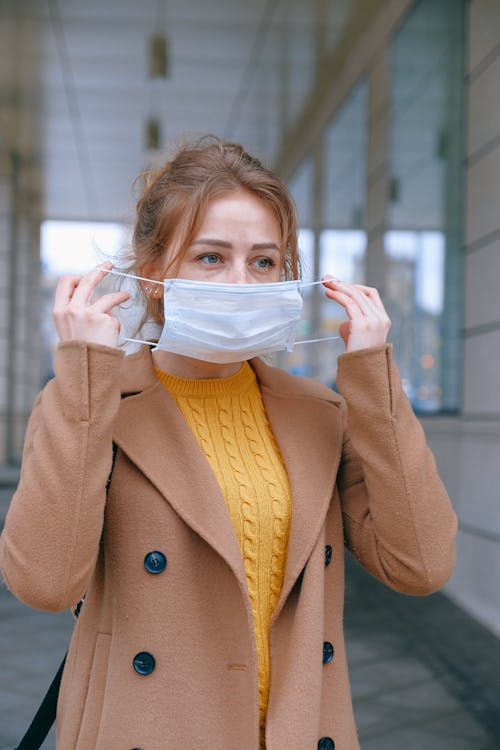Joe and I were high school sweethearts and he and I laughed hard and often, all through high school. At just 17, I had fallen head over heels for him, with his soft, unbuttoned flannel shirt, always layered over a classic rock t-shirt, paired with loose jeans and high top black Converse sneaks.
Looking back, the character of Garth, in the 90s film Wayne’s World, could easily have been modeled after the fashion choices of the boy that won my heart.
Joe bought a ’70 Chevelle, for one hundred and fifty dollars, and he spent too many Saturdays tinkering around with that car. He shared my feminist values, though, and felt that for safety, everyone, regardless of gender, needed to know how to change a tire. And so I spent Saturdays tinkering too.
By the time we graduated from college, and moved into that cute little apartment with the incredible bookshelf that was built under the stairs, we were still just babies, but we wanted to be grown. And so, at 22, we started planning a wedding, but something was lacking. Somehow, after six long years together, we were missing an important relationship milestone.
We needed a song.
Back in the late 80s and early 90s, Joe and I loved all kinds of music. We stood in crazy long lines at the crack of dawn, at the ticket office by John Wanamaker at the mall, to get seats for the big venue bands, like Rush and Yes and Styx and Genesis. But we also went to see alternative bands, like 10000 Maniacs, and techno pop artists, like Howard Jones, and Erasure, at the Tower Theater, and stood on our chairs on the Spectrum floor next to a bunch of teenage goth kids, to see the Cure. We went to the Chestnut Cabaret, and the TLA, and took in local reggae bands at Bacchanal.
But in spite of our broad taste in music, we had never had a song emerge as ours. The popular love songs, from the radio. just didn’t click.
Back then, if you wanted to explore individual songs, and scout around for one that might work for the wedding dance with the love of your life, you did not have the ease of a Google search or Spotify. Listening to music in your living room involved a turntable and record albums, or maybe some CDs, and your search engine was simply sitting on the floor, cross legged, with piles of albums, reading the list of songs on the A and B sides.
Luckily, my beau, who was sporting a serious mullet by then, had about 400 albums, and so we spent many evenings surrounded by piles of records, selecting possibilities, and slow dancing, right in the living room, with that cool bookshelf built under the stairs.
And one fateful night, Joe dropped the needle on the last song on the B side of Genesis’s 1978 album, And Then There Were Three. The lyrics of Follow You, Follow Me sank in, and we smiled, and we danced.
And just like that, years and years after we were voted Deptford Township High School’s Class Couple, we hit a milestone. We had a song. Our song.
A lot has changed in thirty years, but a lot has not. Nowadays, Joe rarely wears rock and roll t-shirts, and his older guy feet prefer New Balance brand, instead of Chuck Taylors. We still love all types of music, but we attend many fewer live performances. Concerts that start after 8 PM are way out of our wheel house now, because those would require us to stay up past 11:00 PM, and that would be crazy!
We still laugh hard, every single day, and we still dance whenever Follow You Follow Me comes on.
And I can still change a tire, or at least I hope. I haven’t tested that skill in many years, thanks to road side assistance from AAA!
If you are in a relationship, what is your song? How did that song become yours? What does it mean to you? If you could re-choose your song, what would that one be?
We want to know, so please share in the comments!

























